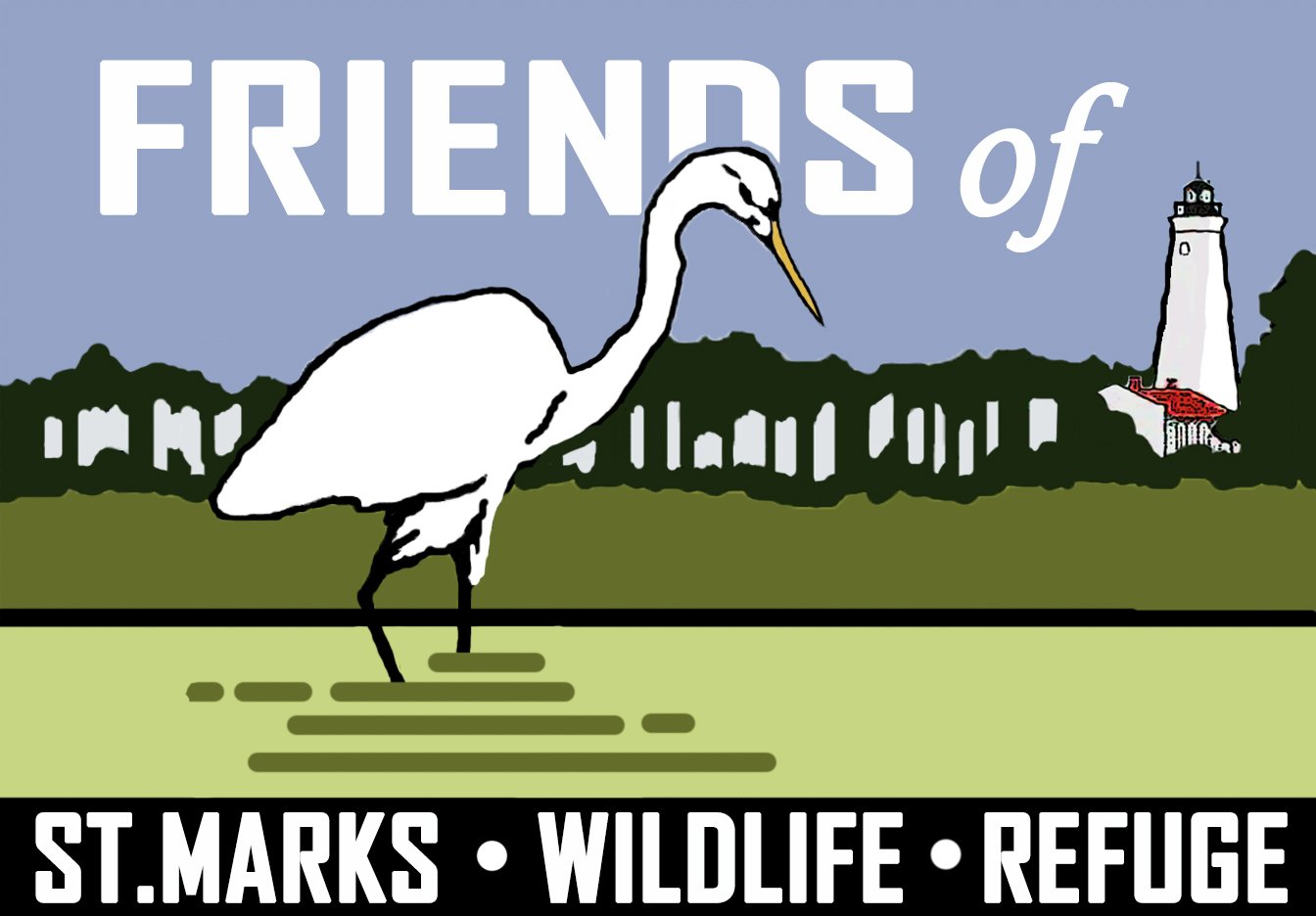Longleaf Pine Restoration
In the early 1900s, the longleaf pine tree population was expansive in the United States, covering over 90 million acres and extending from Texas to the southeastern coast. Sadly, these pines now occupy only a fraction of that acreage once assumed. However, in more recent years, areas such as the Refuge are noticing a pronounced comeback and serve as models in the careful restoration of longleafs throughout the National Wildlife Refuge System.
In 2015, Dr. Bud Bailey gave a generous monetary gift to cover costs of planting 17,000 longleaf pine plants over a 9 acre range at the Refuge. Work at the Bailey site is currently underway to eradicate invasive plant populations to make way for the pines. These efforts are important and increase the awareness of the longleaf pine.
Locally, the historic pineland range at the St. Marks Wildlife Refuge contains a representative spectrum of longleaf pine ecotypes, ranging from xeric sandhills to mesic flatwoods and savannahs. Refuge surveys indicate that there may be 100 - 250 understory plant species found on a given acre and at least 650 species across the Refuge.
Rangewide, longleaf pine communities support 34 amphibian species, including the frosted flatwoods salamanders, other endangered species, and 38 reptile species. Approximately one-third of the animals in question are longleaf pine habitat specialists.
Historically, the longleaf pine has proven to be a more resilient tree than other southeastern pines, as they appear to be impacted less severely by climate change. They also show more tolerance to pests, wildfires, drought, and heavy windstorms.
Importantly, the longleaf pine provides significant habitat for red-cockaded woodpeckers and other indigenous animals at the Refuge. In addition, these pines produce large nutrious seeds that serve as a much-needed food source for birds and other inhabitants.
Some significant characteristics of longleaf pines are the following:
Height, reach 150'
Needles, approximately 12"-14" in length
Appearance, yellow-green, usually in bundles of 3
Cone size, 10" and egg-shaped to cylindrical



